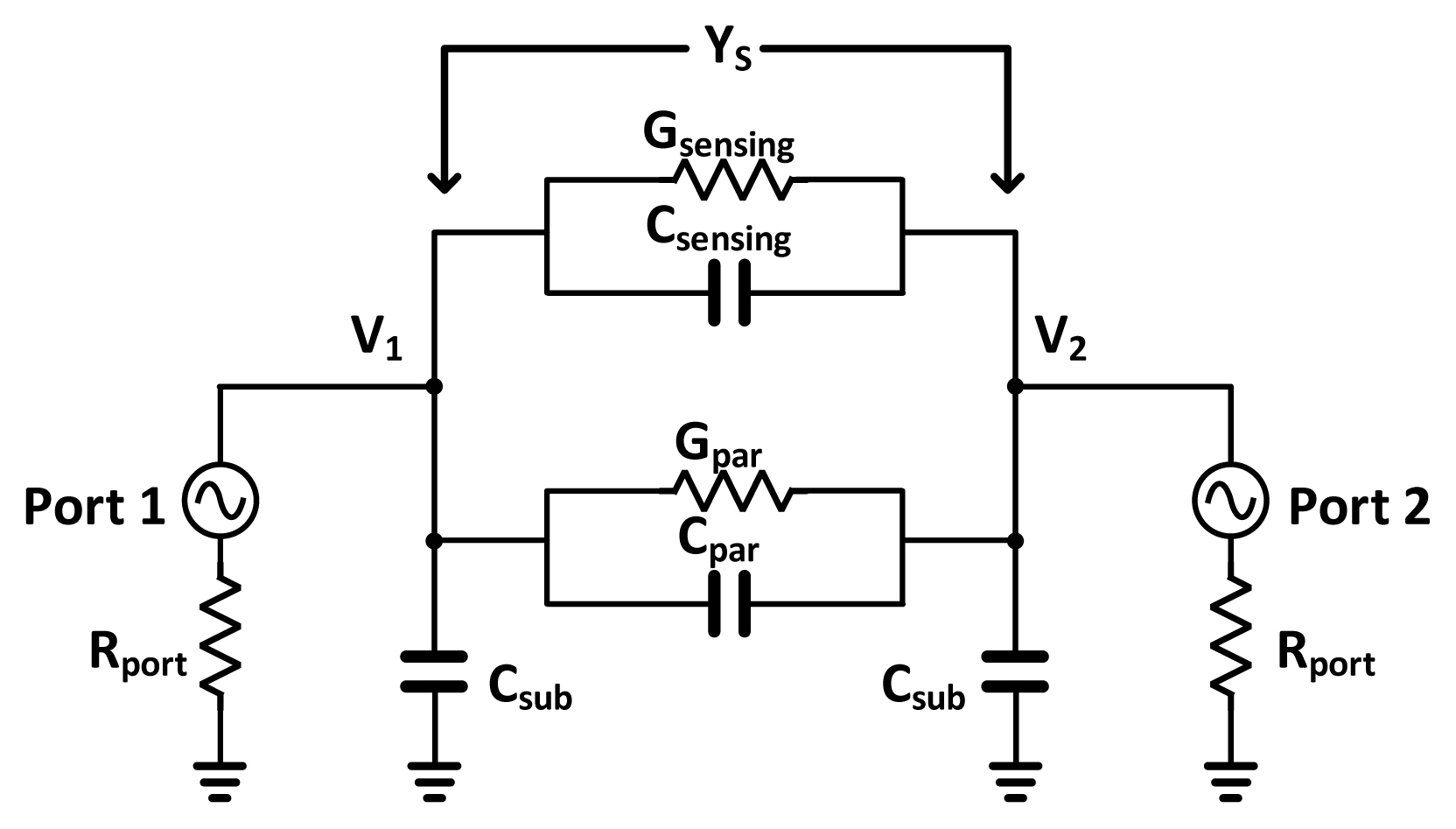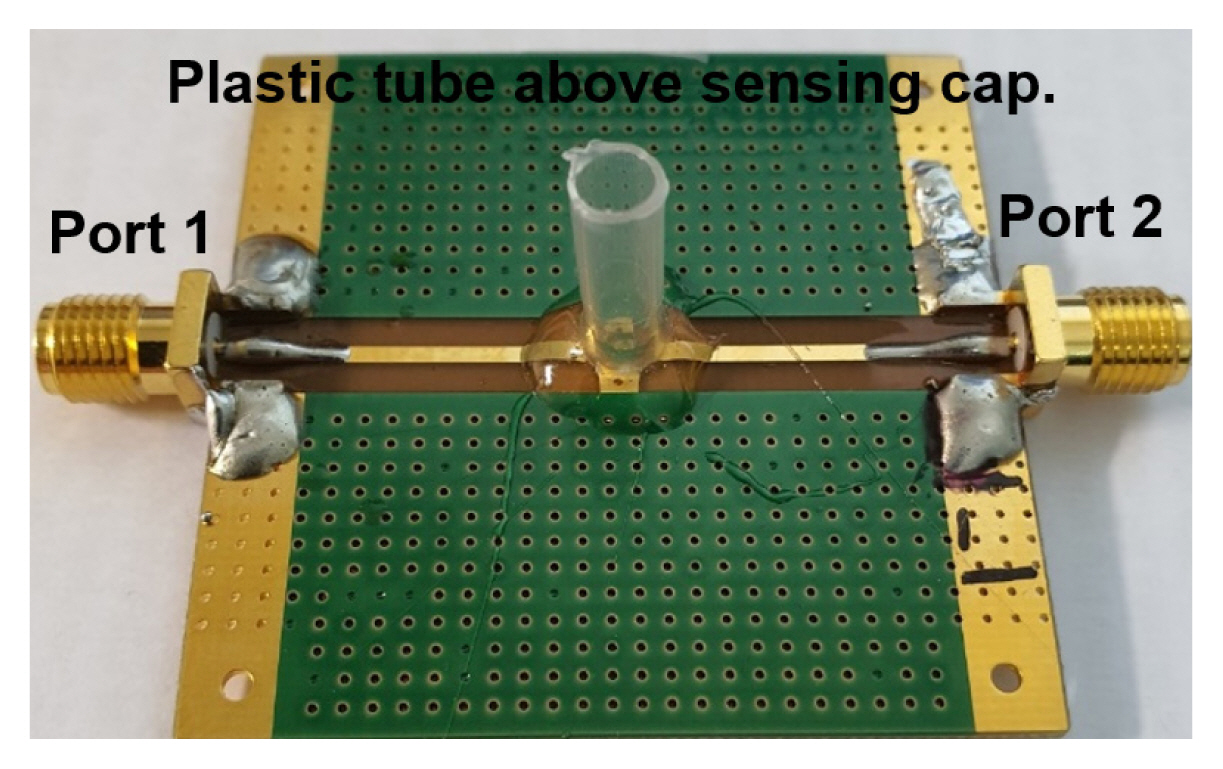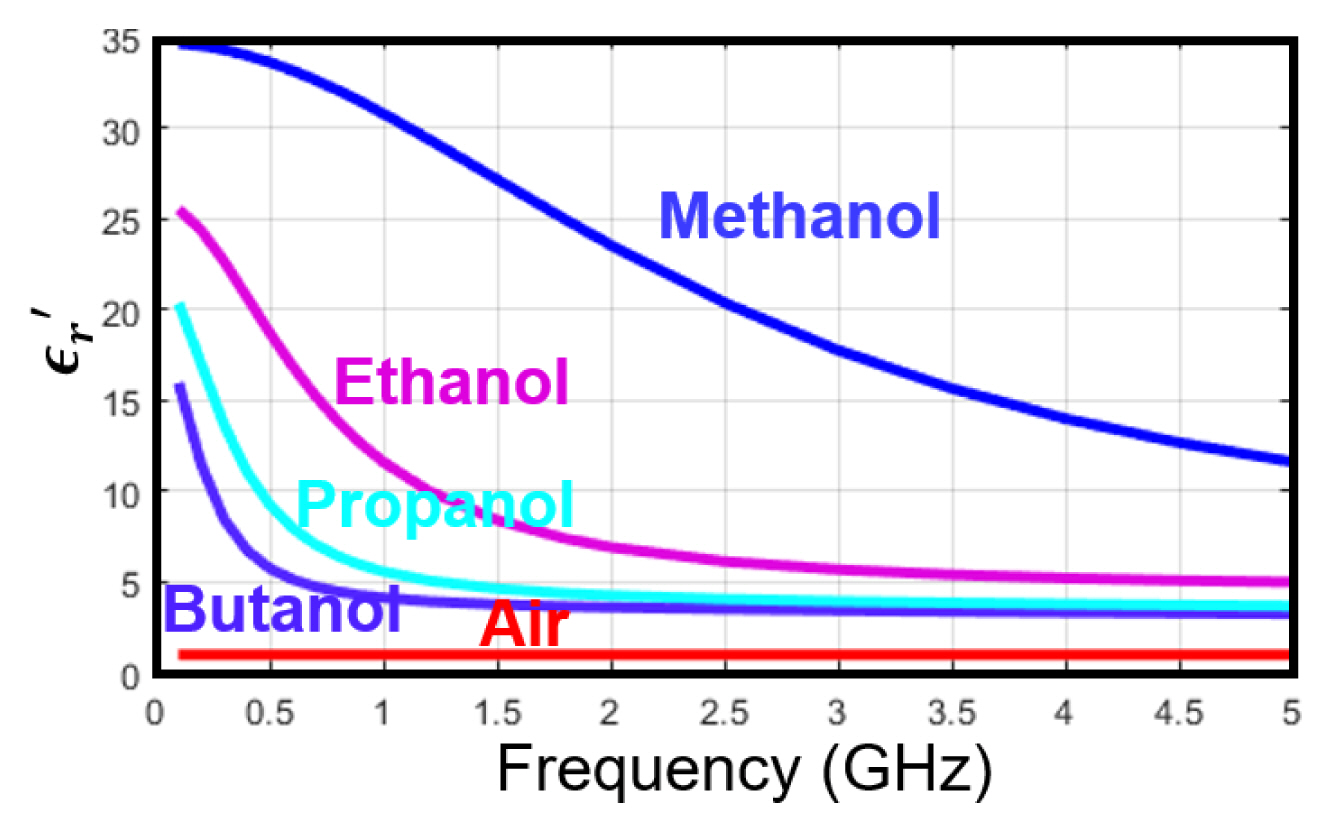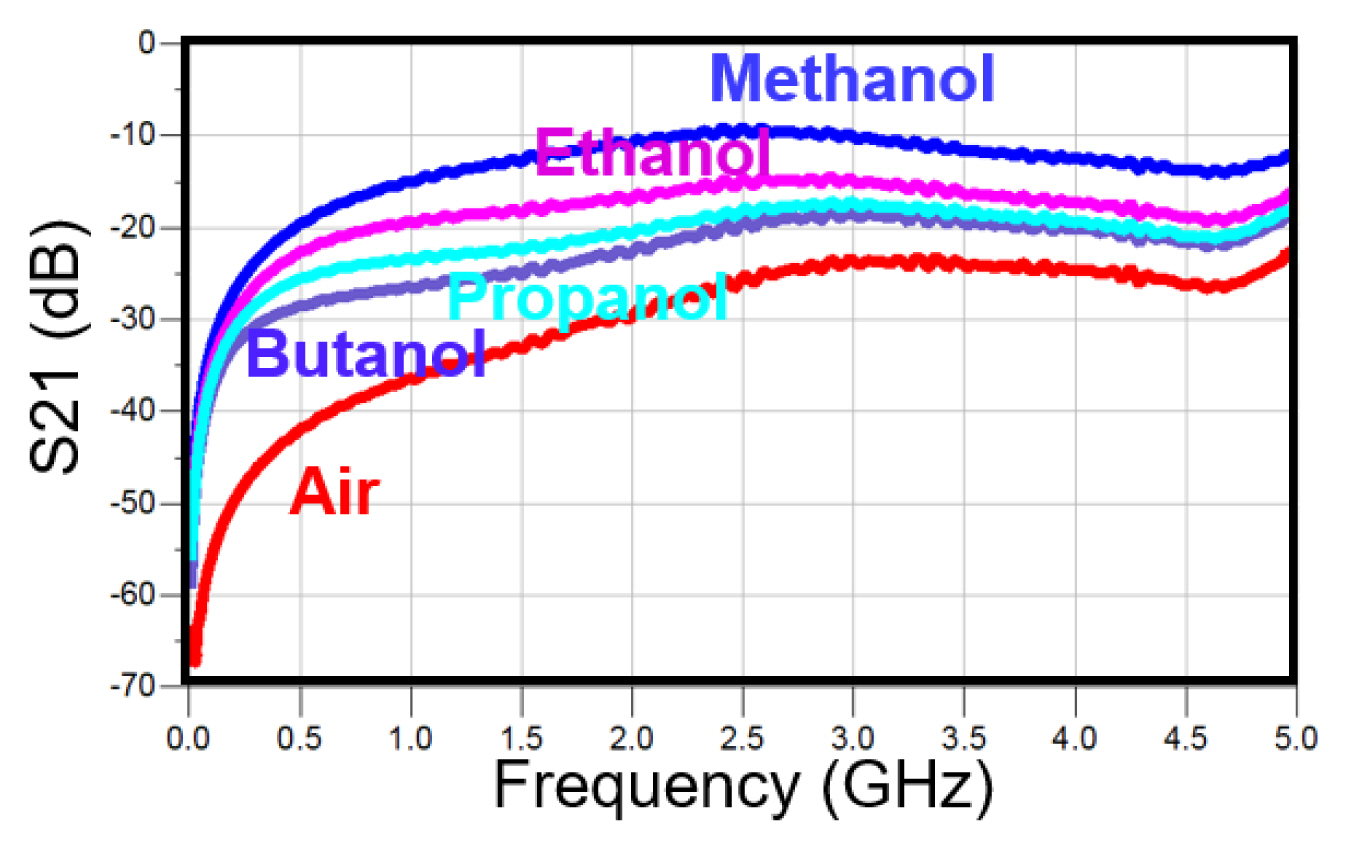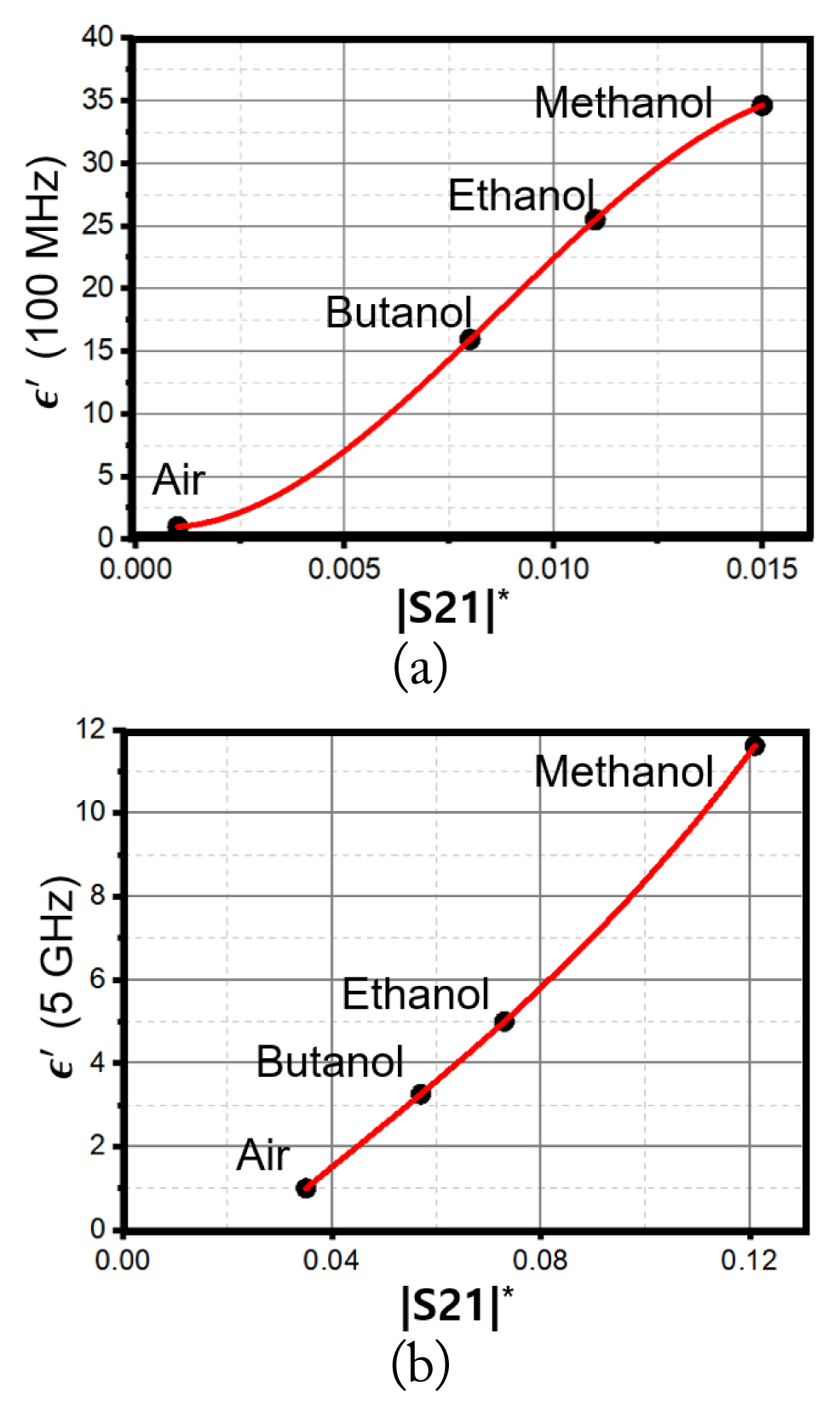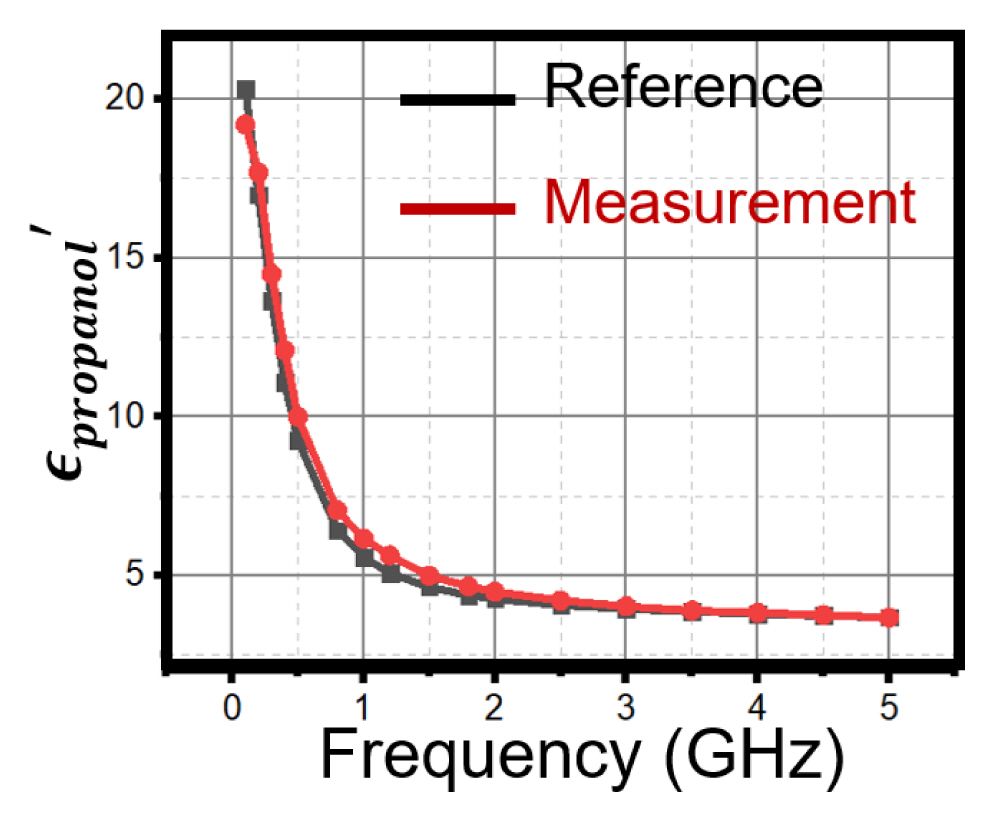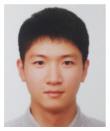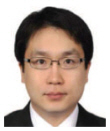1. KB Kim, JH Kim, SS Lee, and SH Noh, "Measurement of grain moisture content using microwave attenuation at 10.5 GHz and moisture density,"
IEEE Transactions on Instrumentation and Measurement, vol. 51, no. 1, pp. 72ŌĆō77, 2002.

2. HM Al-Mattarneh, DK Ghodgaonkar, and WMW Majid, "Microwave nondestructive testing for classification of Malaysian timber using free-space techniques," In:
Proceedings of the 6th International Symposium on Signal Processing and its Applications (Cat. No. 01EX467); Kuala Lumpur, Malaysia. 2001, pp 450ŌĆō453.

3. A Lonappan, GN Bindu, V Thomas, and K Mathew, "Analysis of human semen using microwaves,"
Progress In Electromagnetics Research, vol. 57, pp. 277ŌĆō284, 2006.

4. A Lonappan, V Thomas, G Bindu, C Rajasekaran, and KT Mathew, "Nondestructive measurement of human blood at microwave frequencies,"
Journal of Electromagnetic Waves and Applications, vol. 21, no. 8, pp. 1131ŌĆō1139, 2007.

5. HF Cook, "Dielectric behaviour of human blood at microwave frequencies,"
Nature, vol. 168, no. 4267, pp. 247ŌĆō248, 1951.


6. Y Hayashi, L Livshits, A Caduff, and Y Feldman, "Dielectric spectroscopy study of specific glucose influence on human erythrocyte membranes,"
Journal of Physics D: Applied Physics, vol. 36, no. 4, pp. 369ŌĆō374, 2003.

7. M Bakhshiani, MA Suster, and P Mohseni, "A 9 MHzŌĆō2.4 GHz fully integrated transceiver IC for a microfluidic-CMOS platform dedicated to miniaturized dielectric spectroscopy,"
IEEE Transactions on Biomedical Circuits and Systems, vol. 9, no. 6, pp. 849ŌĆō861, 2015.


8. EL Chuma, Y Iano, G Fontgalland, LLB Roger, and H Loschi, "PCB-integrated non-destructive microwave sensor for liquid dielectric spectroscopy based on planar metamaterial resonator,"
Sensors and Actuators A: Physical, vol. 312, article no. 112112, 2020.
https://doi.org/10.1016/j.sna.2020.112112

9. AA Helmy, HJ Jeon, YC Lo, AJ Larsson, R Kulkarni, J Kim, J Silva-Martinez, and K Entesari, "A self-sustained CMOS microwave chemical sensor using a frequency synthesizer,"
IEEE Journal of Solid-State Circuits, vol. 47, no. 10, pp. 2467ŌĆō2483, 2012.

10. DM Pozar, Microwave Engineering. Hoboken, NJ: John Wiley & Sons, 2004.
11. JC Chien, M Anwar, EC Yeh, LP Lee, and AM Niknejad, "A 1ŌĆō50 GHz dielectric spectroscopy biosensor with integrated receiver front-end in 65nm CMOS," In: Proceedings of 2013 IEEE MTT-S International Microwave Symposium Digest (MTT); Seattle, WA. 2013, pp 1ŌĆō4.
12. MM Bajestan, AA Helmy, H Hedayati, and K Entesari, "A 0.62ŌĆō10 GHz complex dielectric spectroscopy system in CMOS,"
IEEE Transactions on Microwave Theory and Techniques, vol. 62, no. 12, pp. 3522ŌĆō3537, 2014.

13. MS Hunter and P Fowle, "Natural and thermally formed oxide films on aluminum,"
Journal of the Electrochemical Society, vol. 103, no. 9, pp. 482ŌĆō485, 1956.

14. AP Gregory and RN Clarke, Tables of the complex permittivity of dielectric reference liquids at frequencies up to 5 GHz. National Physical Laboratory, Middlesex, UK: NPL Report. MAT23, 2012.






